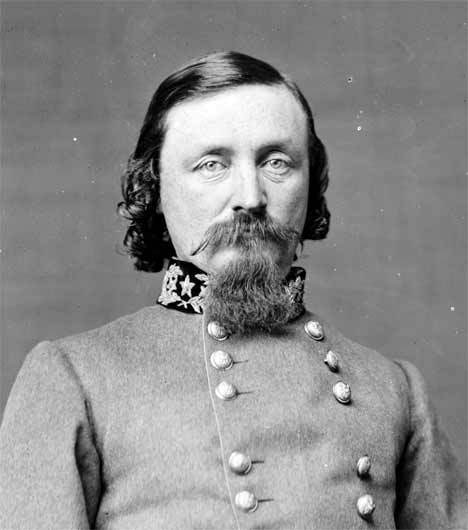The 150th anniversary of the beginning of the Pig War is being commemorated Saturday and Sunday at English Camp.
Here are some little known facts about the joint military occupation of the island, 1859-1872.
The name: What we now call the Pig War was referred to in 19th century documents and press coverage as the “San Juan Affair,” “San Juan Imbroglio,” and “San Juan Difficulty.” The term “Pig War” is likely a local creation.
“It is a 20th century iteration,” National Park historian Mike Vouri said. “I have never seen it in 19th century documents.”
Notable visitors: The descendants of the first commanders of American and English camps have been periodic visitors to the sites.
John L. Bazalgette of Teddington, England, great-great-grandson of Royal Marine Capt. George Bazalgette, visited English Camp in July 2007. The great-grandson of Capt. William Addis Delacombe, second commander of the British camp, visited here a couple of years earlier.
George E. Pickett III, grandson of U.S. Army Capt. George Pickett, visited here in the 1930s. Christiancy Pickett, a great-grandson, visited in 1972.
Other boundaries proposed: Adm. James Charles Prevost, Britain’s commissioner in the negotiations to settle the boundary dispute, suggested an alternative resolution: Draw the boundary down the “middle channel,” what we know as President’s and San Juan channels.
A German member of the arbitration panel thought that was a fair resolution, but U.S. Secretary of State Hamilton Fish said no. Specifically, “Fish said the U.S. would not be a party to arbitration that includes the middle channel,” Vouri said.
If that option had been accepted, residents of San Juan, Henry, Speiden, Stuart and Waldron islands would be Canadian citizens today.
Can you say ‘eh’?: Actually, we all would be Canadian citizens today if not for one vote. Two of three members of the German arbitration panel voted to award the islands to the U.S. in 1872.



